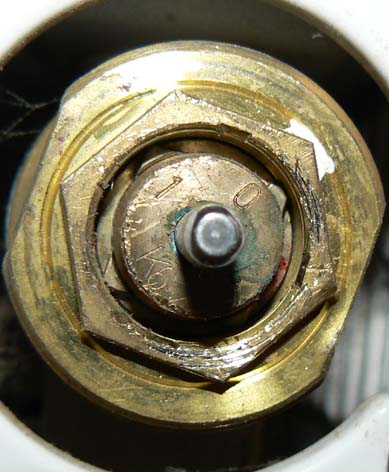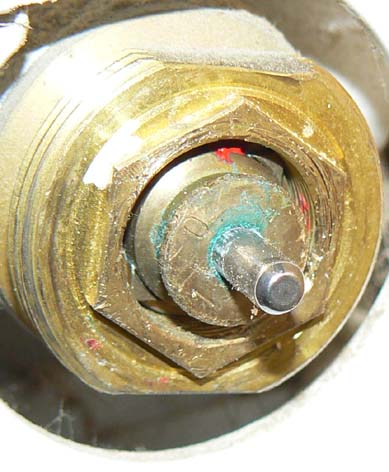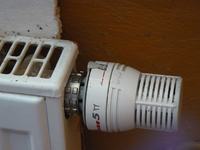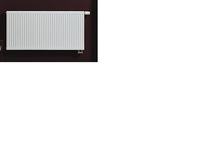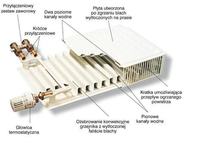Hello warm
I have a question, what could be the reason why a radiator is heating me when it should not be heating. A steel plate radiator equipped with a thermostatic insert (it looks like with a pre-setting) there is the number 4, the number 0 and one more number 0. I do not know the manufacturer. There is a standard Comap thermostatic head with 1-5 regulation and snowflake on the valve. And this snowflake option does not work for me. As far as I know, the snowflake is to turn on the heater when the temperature drops below 5 degrees (i.e. prevent the water from freezing), and in my case it starts to heat up at 9-10 degrees. The effect is that I heat my garage almost all the time, even though I don't want to. I have to turn off the valves under the radiator (the ones with a screwdriver), but for such frosts I can't do it for obvious reasons, so the radiator is working at its best all the time. Temp. at the heater 7-8 degrees. I have 2 more rooms in which I do not heat (the heaters are the same, but they have a different type of thermostat insert and the same heads) and the heads twisted per min (i.e. snowflake) and the heaters do not turn on at all. Now at these frosts the temperature at the heater is 6 degrees. that is OK. And the one in the garage is warm. I changed the heads, so it's not the head's fault. Could the pre-setting of the valve have any impact on the operation of the head, but if so, what. I was also wondering if the type of this insert was thermostatic. it may have some meaning, in other words, whether the head fits this type of valve, but when I replaced the radiators throughout the house, I bought everything together with the heads and they assured me that these heads fit the radiators I bought.
Does anyone know why this heater heats despite the skeleton head at MIN and the ambient temperature of 8 degrees?
I have a question, what could be the reason why a radiator is heating me when it should not be heating. A steel plate radiator equipped with a thermostatic insert (it looks like with a pre-setting) there is the number 4, the number 0 and one more number 0. I do not know the manufacturer. There is a standard Comap thermostatic head with 1-5 regulation and snowflake on the valve. And this snowflake option does not work for me. As far as I know, the snowflake is to turn on the heater when the temperature drops below 5 degrees (i.e. prevent the water from freezing), and in my case it starts to heat up at 9-10 degrees. The effect is that I heat my garage almost all the time, even though I don't want to. I have to turn off the valves under the radiator (the ones with a screwdriver), but for such frosts I can't do it for obvious reasons, so the radiator is working at its best all the time. Temp. at the heater 7-8 degrees. I have 2 more rooms in which I do not heat (the heaters are the same, but they have a different type of thermostat insert and the same heads) and the heads twisted per min (i.e. snowflake) and the heaters do not turn on at all. Now at these frosts the temperature at the heater is 6 degrees. that is OK. And the one in the garage is warm. I changed the heads, so it's not the head's fault. Could the pre-setting of the valve have any impact on the operation of the head, but if so, what. I was also wondering if the type of this insert was thermostatic. it may have some meaning, in other words, whether the head fits this type of valve, but when I replaced the radiators throughout the house, I bought everything together with the heads and they assured me that these heads fit the radiators I bought.
Does anyone know why this heater heats despite the skeleton head at MIN and the ambient temperature of 8 degrees?



